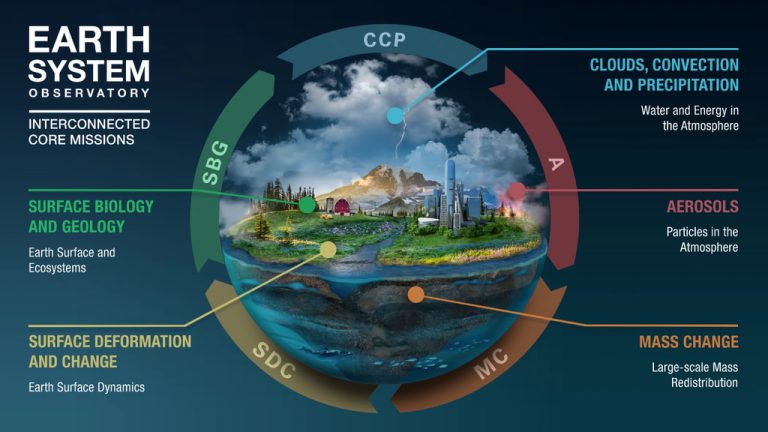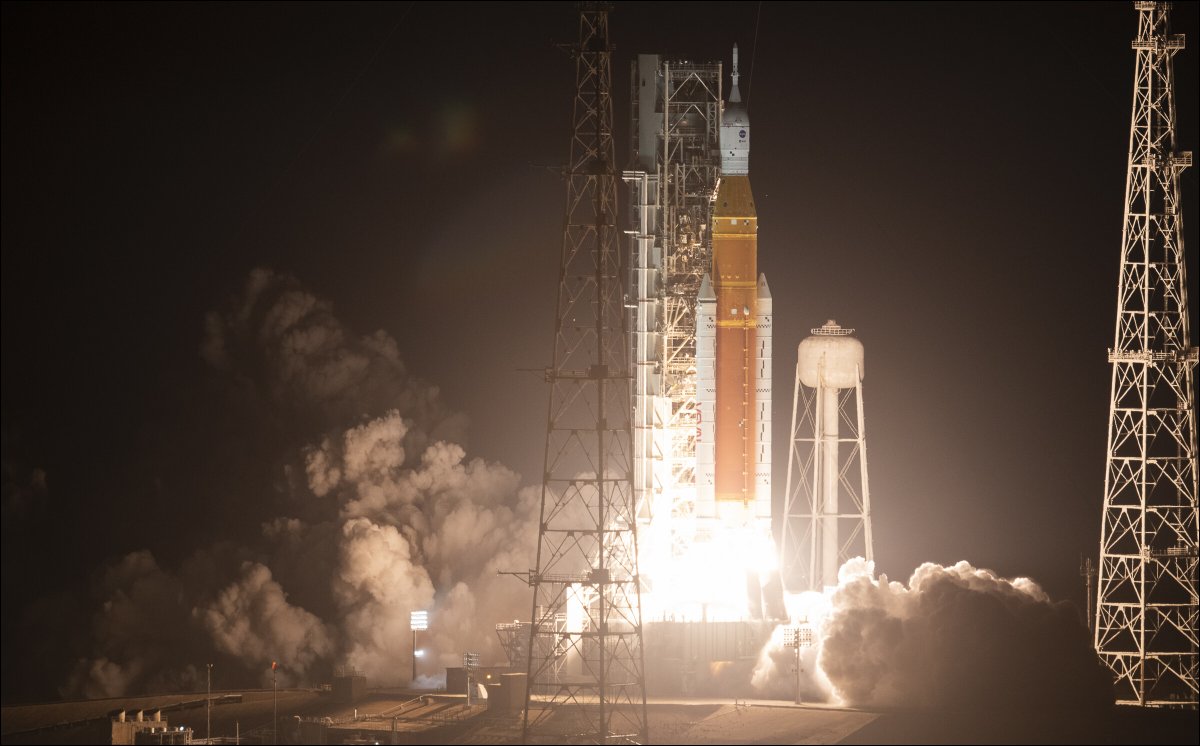From landing on Mars to launching the powerful @NASAWebb, it’s hard to beat the monumental achievements we’ve had this past year. But in #NASAScience our momentum doesn’t just stop, it keeps going! Here are 10 things I look forward to in science this year: go.nasa.gov/3IGw868 







#1: First Images of @NASAWebb
Soon we will #UnfoldTheUniverse, looking to the first stars and galaxies formed over 13.5 billion years ago. I am so excited to see what this powerful telescope will uncover about our universe this year.
Soon we will #UnfoldTheUniverse, looking to the first stars and galaxies formed over 13.5 billion years ago. I am so excited to see what this powerful telescope will uncover about our universe this year.
#2: Celebrating 50 years of Landsat and the start of Landsat Next
Last year we launched @USGS/@NASA_Landsat 9, adding to the legacy of satellites tracking changes on Earth from space. Now, we celebrate the progress we've made as we continue to better understand our home planet.
Last year we launched @USGS/@NASA_Landsat 9, adding to the legacy of satellites tracking changes on Earth from space. Now, we celebrate the progress we've made as we continue to better understand our home planet.

#3: Go for @NASAEarth System Observatory & Open Science
We're integrating multiple spacecraft in a new way to learn more about our planet and revolutionize the way we do Earth Science. With this data, it is critical for those who need it the most to have access.
We're integrating multiple spacecraft in a new way to learn more about our planet and revolutionize the way we do Earth Science. With this data, it is critical for those who need it the most to have access.

#4: Going to the Moon!
We’re landing on the Moon in transformative ways thanks to the help of commercial providers. With more #NASAScience and technology demonstrations, we can help prepare for sustainable astronaut missions through @NASAArtemis.
We’re landing on the Moon in transformative ways thanks to the help of commercial providers. With more #NASAScience and technology demonstrations, we can help prepare for sustainable astronaut missions through @NASAArtemis.

#5 Small Satellites doing big #NASAScience
Small satellites help @NASA advance scientific and human exploration, while also reducing the cost of new missions and expanding access to space. Today #NASAScience has over 54 under development and 16 in operation!
Small satellites help @NASA advance scientific and human exploration, while also reducing the cost of new missions and expanding access to space. Today #NASAScience has over 54 under development and 16 in operation!

@NASA #6 Next-gen of @NASASun missions
A new generation of Sun missions began in Feb. with the launch of MinXSS-3 to study the X-rays coming from solar flares. MinXSS-3 along with other spacecraft, will help us predict space weather and protect our astronauts, satellites & technology.
A new generation of Sun missions began in Feb. with the launch of MinXSS-3 to study the X-rays coming from solar flares. MinXSS-3 along with other spacecraft, will help us predict space weather and protect our astronauts, satellites & technology.
#7 A closer look at our Sun in great detail
Over the next year, 3 revolutionary assets — @NSF's Daniel K Inoue Solar Telescope, @NASASun’s #ParkerSolarProbe & @esa’s Solar Orbiter — will make unprecedented observations revamping the way we think about our star.
Over the next year, 3 revolutionary assets — @NSF's Daniel K Inoue Solar Telescope, @NASASun’s #ParkerSolarProbe & @esa’s Solar Orbiter — will make unprecedented observations revamping the way we think about our star.

#8 Another year for asteroids
With the launch of Psyche & experimental secondary payload Janus this summer, 4 asteroid missions will have launched in the past year. #OSIRISREx, #LucyMission, #MissionToPsyche & #DARTmission are adding their chapters to our story of exploration.
With the launch of Psyche & experimental secondary payload Janus this summer, 4 asteroid missions will have launched in the past year. #OSIRISREx, #LucyMission, #MissionToPsyche & #DARTmission are adding their chapters to our story of exploration.
• • •
Missing some Tweet in this thread? You can try to
force a refresh






